The 2025 Symposium on Deep Space Remote Sensing and Geomatics (DSRSG 2025) was successfully held at the Southern University of Science and Technology (SUSTech) on June 7-8.
Centered on deep space remote sensing and geomatics in the era of artificial intelligence (AI), the symposium attracted more than 400 experts and scholars from nearly 90 institutions across China for in-depth discussions on cutting-edge developments in the field.
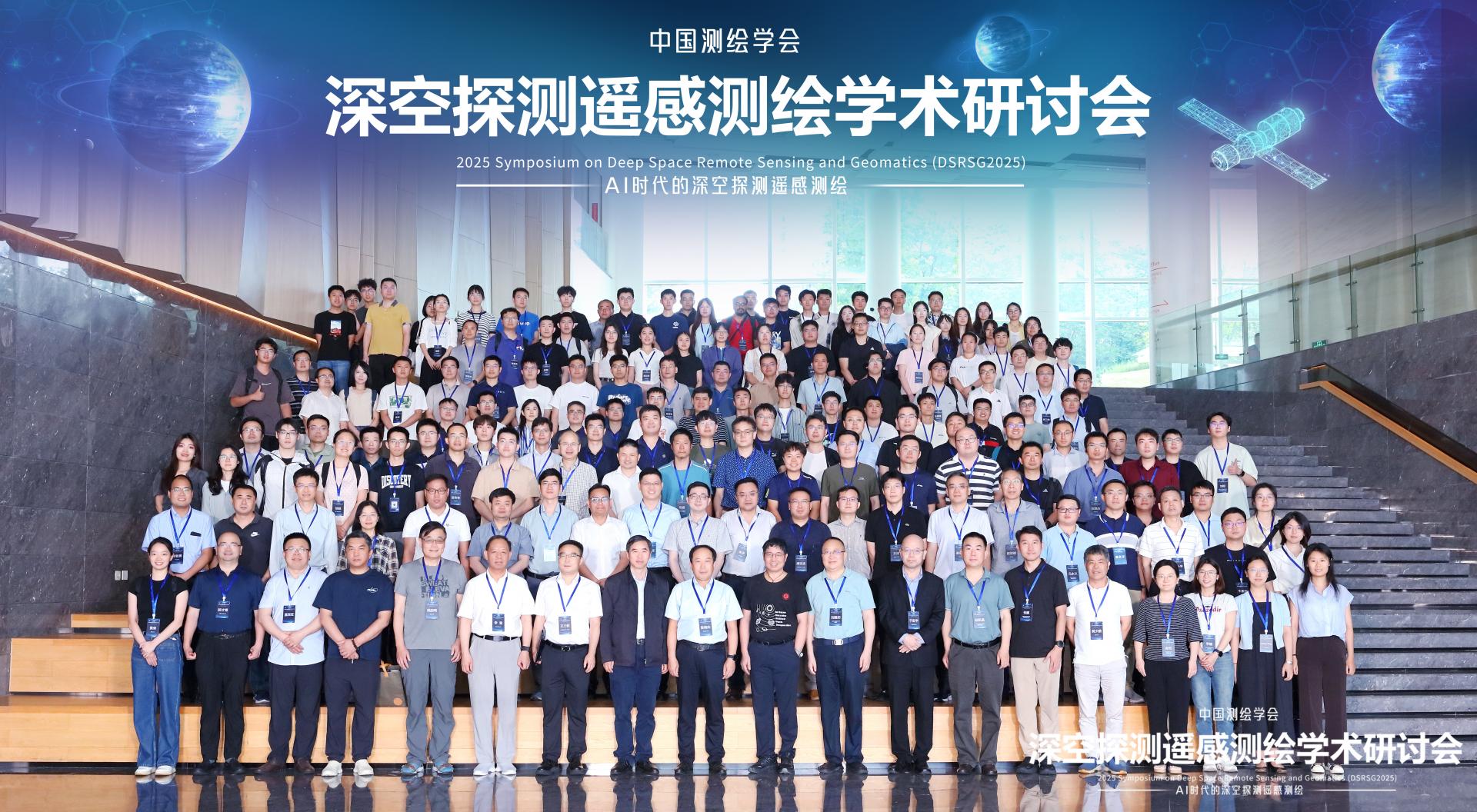
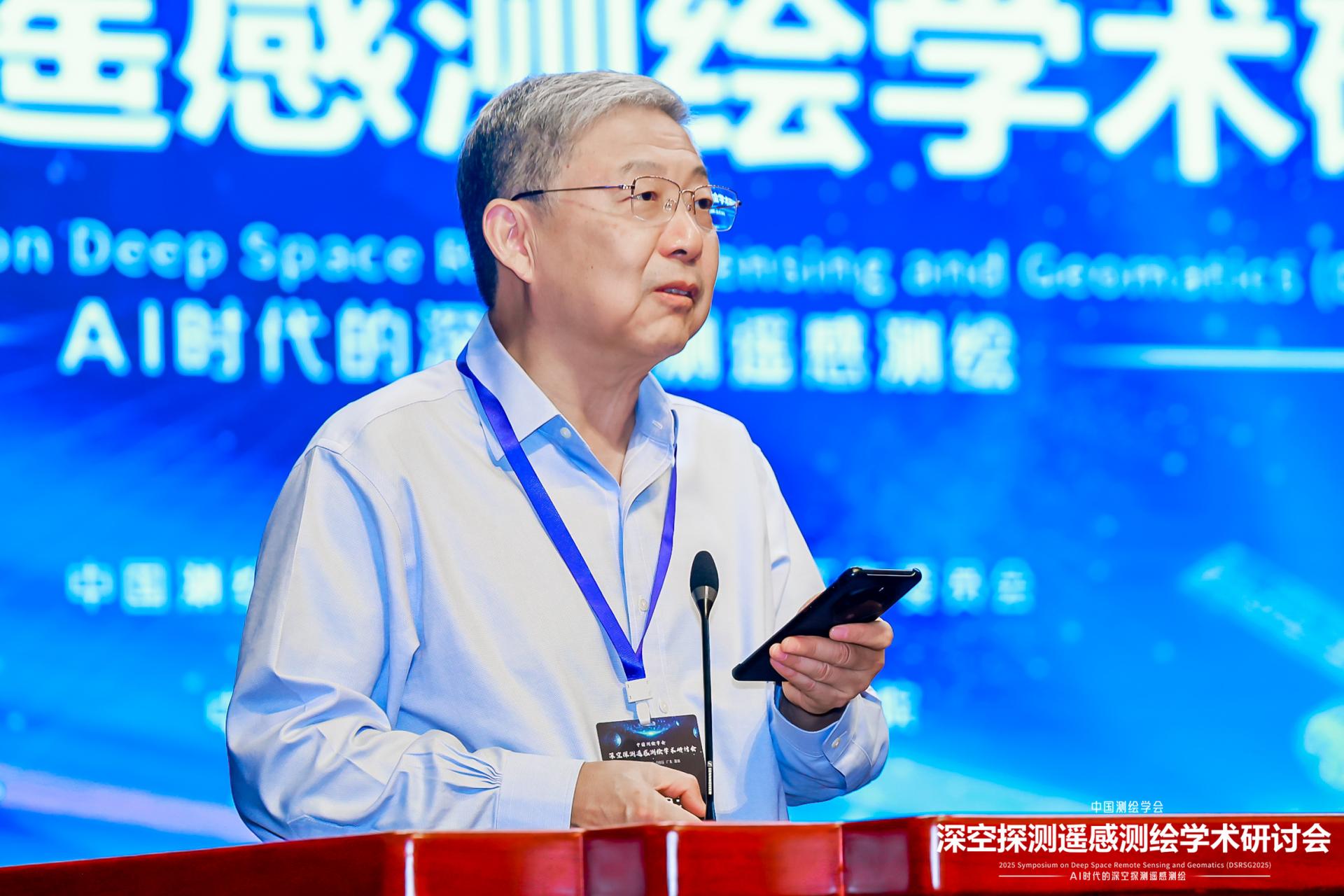
The opening ceremony was chaired by Dr. Kaichang DI from the Aerospace Information Research Institute of the Chinese Academy of Sciences (CAS). In the opening address, Qingquan LI, Academician of the Chinese Academy of Engineering (CAE) and Secretary of the Party Committee of Shenzhen University, emphasized that deep space exploration stands at the forefront of scientific advancement and reflects a nation’s comprehensive strength. Reflecting on the success of China’s Chang’e and Tianwen-1 missions, he underscored the pivotal role of intelligent remote sensing and navigation technologies. He called for closer collaboration within the academic community to foster innovation and seize emerging opportunities.
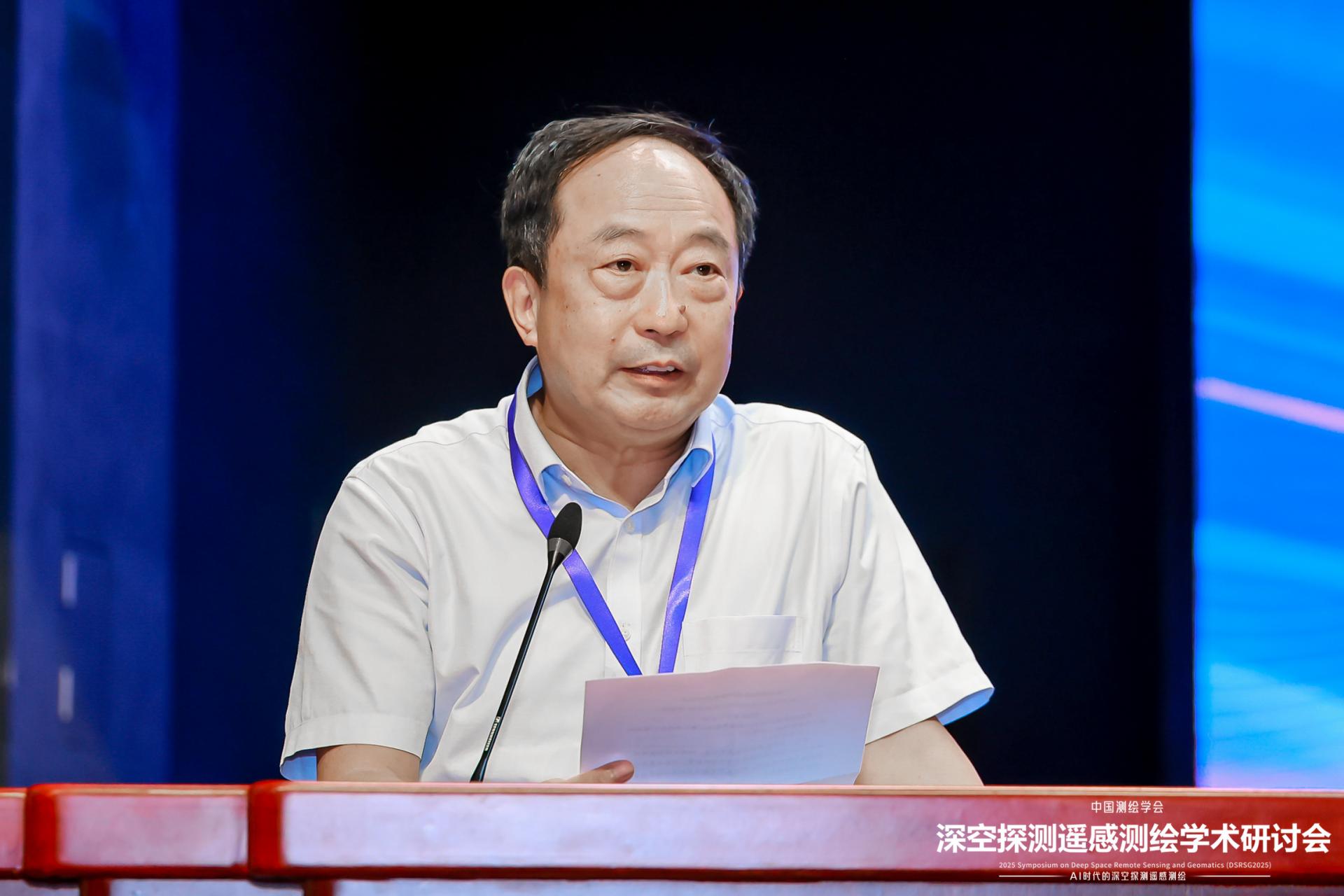
Xiaofei CHEN, Head of the Department of Earth and Space Sciences, highlighted SUSTech’s rapid progress as a “Double First-Class” university. He shared recent milestones achieved by the department, including the successful launch of the SUSTech-1 satellite and the establishment of a cutting-edge hypervelocity impact laboratory for solar system research in Guangming District. These achievements, he noted, exemplify the department’s growing strengths in space physics and planetary science. He expressed his hope that the symposium would catalyze deeper collaboration and breakthroughs in deep space exploration.
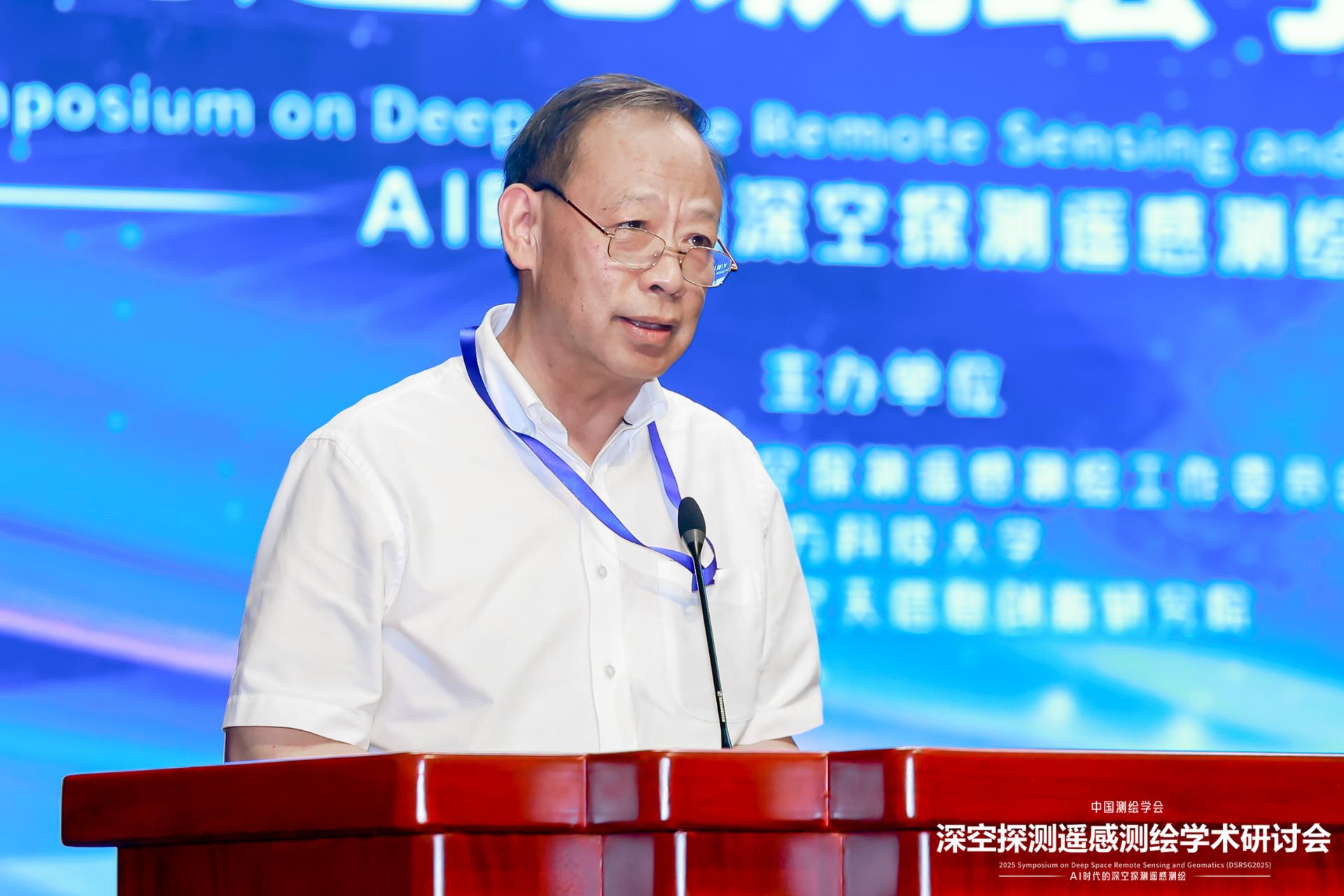
Fei LI, Director of the Committee of Deep Space Remote Sensing and Geomatics at the Chinese Society for Geodesy, Photogrammetry, and Cartography (CSGPC), reviewed the committee’s recent accomplishments—most notably its technical support for the Chang’e-6 mission. He reaffirmed the committee’s commitment to promoting academic exchange and joint research, advancing China’s capabilities in deep space remote sensing and geomatics, and supporting the nation’s deep space strategy.

The symposium featured keynote presentations from several leading experts. Deren LI, Academician of both the CAS and CAE and recipient of the 2023 State Preeminent Science and Technology Award, delivered a keynote lecture on groundbreaking advancements at the intersection of geospatial remote sensing and AI.
Qingquan LI, Academician of the CAE, shared the development of ultra-low-temperature and high-vacuum simulation systems for ground calibration of scientific payloads for near-Earth and deep space missions.
In the lecture by Prof. Xiaohua TONG from Tongji University, he shared groundbreaking results in Martian spectral analysis and the search for biosignatures. Other invited speakers included Dr. Jianzhong LIU from the CAS, Prof. Hongyu YU from The Hong Kong University of Science and Technology, and Prof. Lizhe WANG from China University of Geosciences (Wuhan).
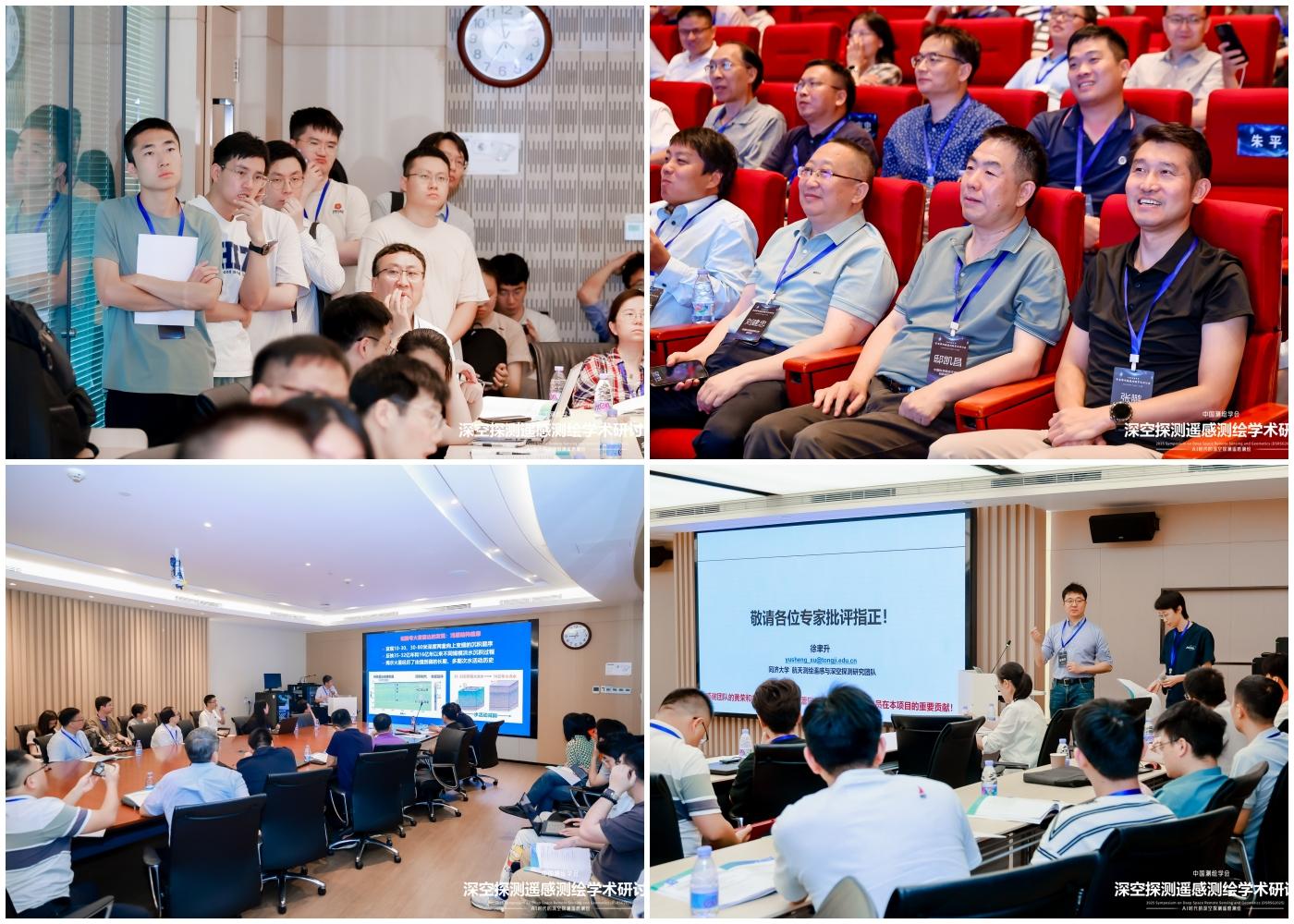
The two-day symposium featured 37 invited talks and 95 oral presentations. Discussions spanned nine key thematic areas with a strong emphasis on AI-driven innovations in remote sensing technologies and their applications in deep space exploration and intelligent planetary sensing.
The DSRSG 2025 symposium was held under the guidance of the CSGPC, and jointly organized by the Committee of Deep Space Remote Sensing and Geomatics at the CSGPC, SUSTech, and the Aerospace Information Research Institute of the CAS. Co-organizers included the Department of Earth and Space Sciences at SUSTech, the State Key Laboratory of Remote Sensing and Digital Earth, the Department of Urban Spatial Information Engineering at Shenzhen University, and the State Key Laboratory of Information Engineering in Surveying, Mapping and Remote Sensing (LIESMARS) at Wuhan University. The symposium served as a vital platform to promote deeper integration across academia, industry, and research in the field of deep space remote sensing and geomatics, laying the foundation for future innovation and collaboration.
Proofread ByAdrian Cremin, Yuwen ZENG
Photo ByDepartment of Earth and Space Sciences